IAQ IQ, Summer 2023
©2023 Jeffrey C. May
My experience as a home inspector has been invaluable in my work as an indoor air quality (IAQ) professional. In this article I am going to discuss a few of the similarities and differences between the views a home inspector might have and the views an IAQ investigator might have. I am also going to include some tips that I sometimes offer my clients.
THE EXTERIOR
When I was a home inspector, I always started my inspections at the exterior. I still do that today in my IAQ investigations. I would bet that some concerns I might have about visible conditions at the exterior would also be concerns that a home inspector might have.
Problems with gutter systems. Of course, poor maintenance, especially in an area with a lot of shedding trees, can result in gutter overflow. Other problems that I see could be an inadequate number of downspouts, including when an upper gutter empties roof water into a lower gutter. Gutter joints can leak, and downspouts can empty into dry wells that can fill up with debris over time.
I anticipate that a home inspector and I would both point out such deficiencies. As an IAQ professional, though, I would also talk about how microbial growth can occur below-grade when basements suffer from water intrusion, and I would look in an unfinished basement or crawlspace for efflorescence or moisture stains. I would also take surface samples from some joists or the subflooring and the foundation wall to see if mold growth is present. Non-visible mold growth is very common on basement-ceiling framing and foundation walls.
A tip I could offer a client: Stand outside your home during a heavy rain to see if gutters are overflowing and have them cleaned if needed. If underground piping that empties into a drywell is overflowing, solid 4” PVC piping can be installed a few inches under the soil and extended to daylight at the edge of a deep landscape furrow or downhill from the house. Downspouts can then be inserted into such piping.
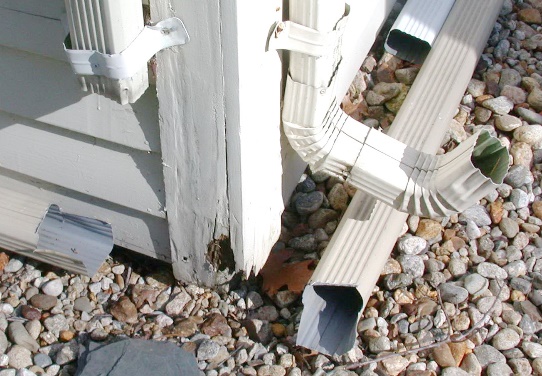
CRAWLSPACES
Exposed dirt: I’ve never seen a dirt crawlspace that didn’t have a mold problem, because a lot of moisture can rise up from the earth, especially if there are no gutters.
Controlling RH: Herein may lie a difference between a home inspector’s view and my view. As far as I am concerned, crawlspaces should be isolated from the exterior (no vents!) and should be dehumidified, with the relative humidity kept no higher than 50%.
In my IAQ site visits, I would take samples from the insulation and the foundation wall in a crawlspace that smells musty and/or that contains visible signs of mold or of a pest infestation. Depending on the results of the sampling, I might recommend that the crawlspace be remediated by professionals working under containment.
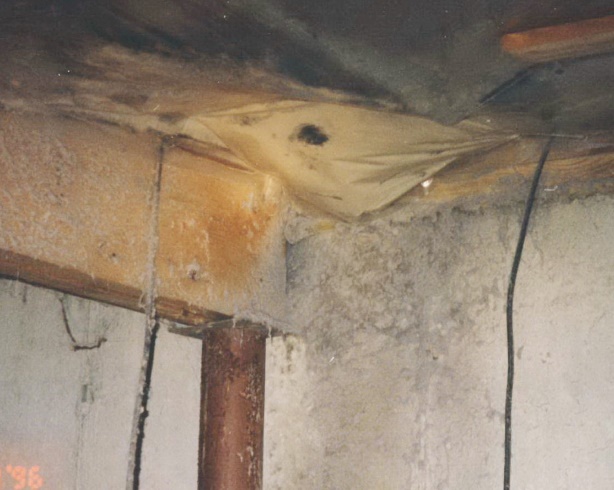
Pests: Mice love crawlspaces, especially if there is exposed fiberglass insulation present. Evidence of a mouse infestation could include visible mouse-urine trails and mouse droppings, torn-down fiberglass insulation, and burrows in such insulation (mice like to nest in the stuff).
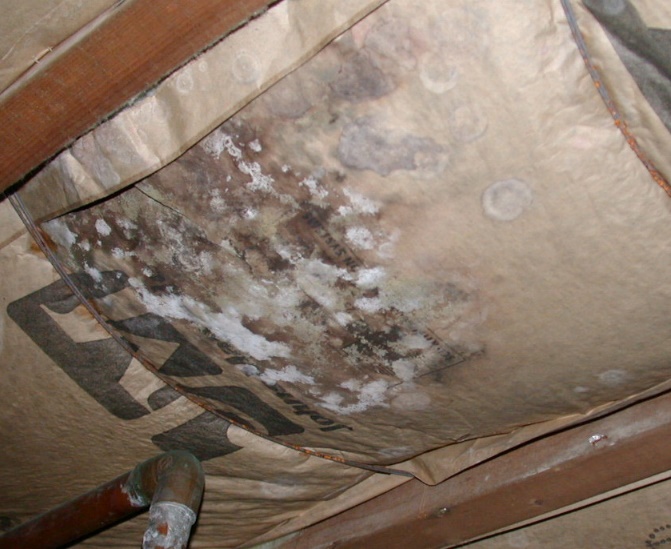
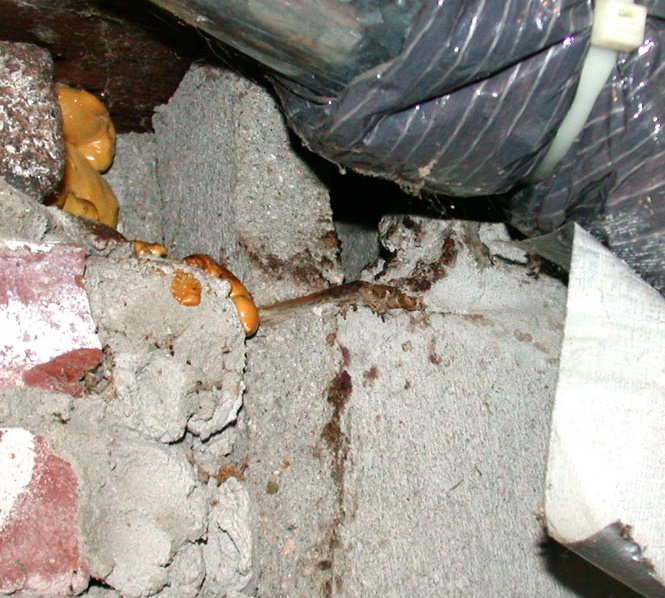
If pest inspections are not part of the services you provide, as a home inspector you would probably recommend a pest inspection if you saw such conditions.
Tips I could offer a client: Remove or seal vents to the exterior, and dehumidify the crawlspace in the humid season. The RH should be no higher than 50%. Measure the RH with a remote-read thermo-hygrometer.
Any exposed dirt in a crawlspace should be covered with mesh-reinforced plastic sheeting that is attached to the foundation walls. If access is needed to a particular location, create paths with pressure-treated wood. A better option to the vapor barrier alone would be to cover the vapor barrier with some cementitious material.
BASEMENTS – BOTH FINISHED AND UNFINISHED
Here are relevant tips I could offer a client: Use a thermo-hygrometer placed on or near the floor in an exterior corner to measure the RH below-grade and keep it at or under 50% in an unfinished basement and 60% in a finished basement (if the finished basement doesn’t have insulated walls, the RH should be kept no higher than 50%). Unfinished basements must be dehumidified during the humid season (in New England, generally between mid-April and mid-October). Finished basements should be consistently air conditioned during the humid season (with dehumidification added as needed) and consistently heated in the heating season, whether in use or not, with the thermostat set at a minimum of 60oF.
DUCT SYSTEMS
Duct systems can be the sources of allergens that can make building occupants sick.
I once compared 300 randomly selected “control” homes (CHs) that I had inspected as a home inspector to 600 “sick” homes (SHs) that I had inspected as an IAQ investigator and in which occupants were suffering health symptoms.
I found that:
- Forty-two percent of the SHs had hot air heat, as compared to 25% of the CHs.
- Thirty-seven percent of the SHs had central air conditioning as compared to 19% of the CHs.
- In SHs, 95% of the exposed, fibrous lining material in furnaces was contaminated with mold, bacteria, or yeast.
- In SH’s, 50% of the furnaces’ blower cabinets and blowers contained mold growth.
Using a mirror and a flashlight, you could look into supply and return boots to see if there is any dust or debris. (I’ve found toy soldiers, Christmas-tree ornaments, and even moldy dog food in boots.) Such debris would suggest that the ducts should be inspected and cleaned as needed.
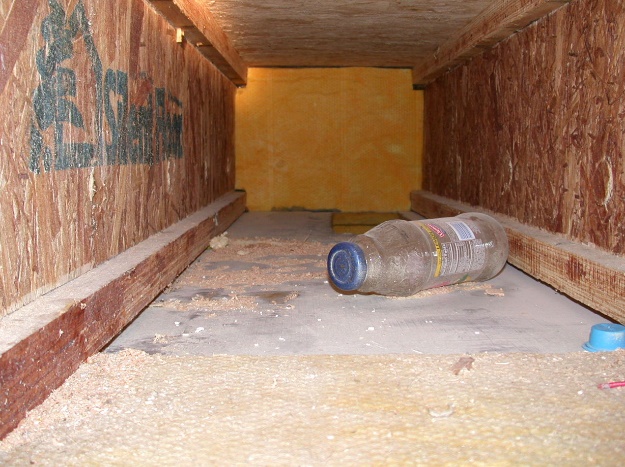
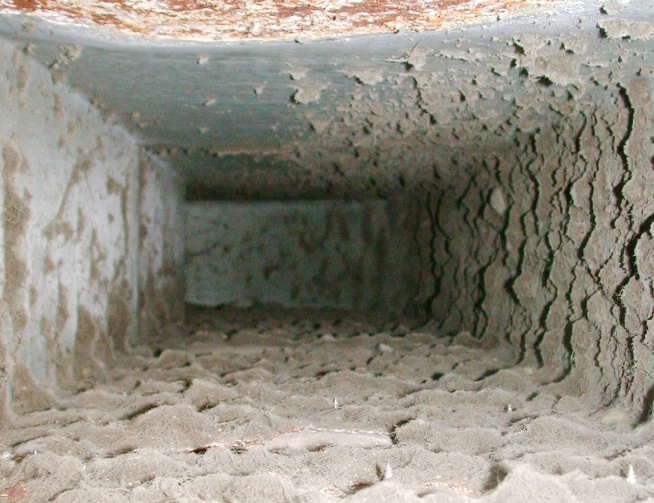
If you open up furnaces and see dusty internal fibrous lining material on the access panel or in the blower cabinet, there may be mold growth present in the material. If you don’t open up the furnace as part of your inspection services but note rust on screws on the bottom of a horizontally positioned furnace with central A/C (typically found in a crawlspace or attic eaves) or stains in an overflow pan, the inside of the unit may contain mold growth due to leakage or condensation. In either case, you could include such observations in your report and recommend that an IAQ investigator or an HVAC technician open up the unit for further inspection.
Tips I might offer a client: Replace exposed dirty fibrous lining material in a return plenum, on an access panel, or in a blower cabinet with closed-cell foam.
To help avoid air bypass, a filter should be airtight at the perimeter, and the filter holder should be airtight.
CONSIDER TAKING THE NEXT STEP?
I’ve personally helped three home inspectors become indoor air quality professionals, and I understand that one of them in turn trained some members of his family who were already home inspectors to enter the IAQ investigation field.
I did not charge for this training, for two reasons. First, I’ve always believed that becoming an IAQ investigator is a reasonable next step for a home inspector, who already has the requisite understanding of building science for the IAQ profession. And second, in a former life I was an educator, and I would enjoy sharing the knowledge I have acquired in my over 25 years as an IAQ investigator. You are welcome to ride along with me on an IAQ investigation. Just call the office when you have time in your schedule for such an adventure (978-649-1055).
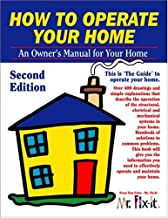
A RESOURCE FOR YOUR CLIENTS: I often recommend “How To Operate Your Home” to my clients. The author, Tom Feiza (“Mr. Fix-It”), is a home inspector (as most of you know). The book is available on line.
